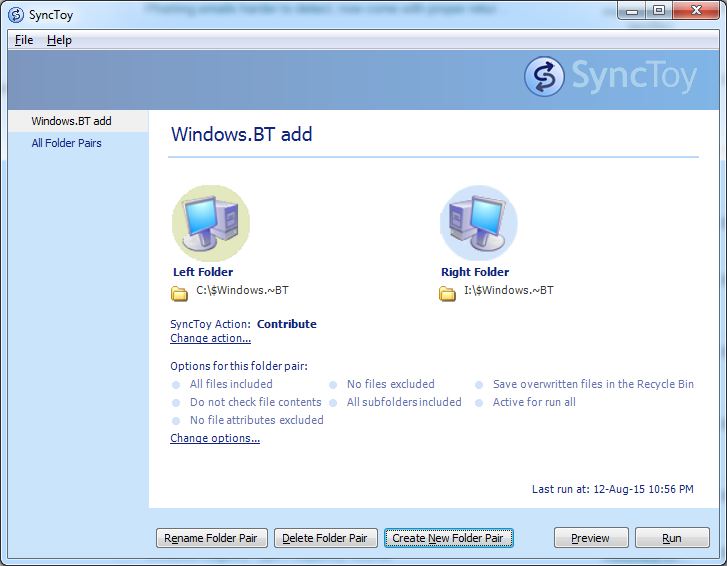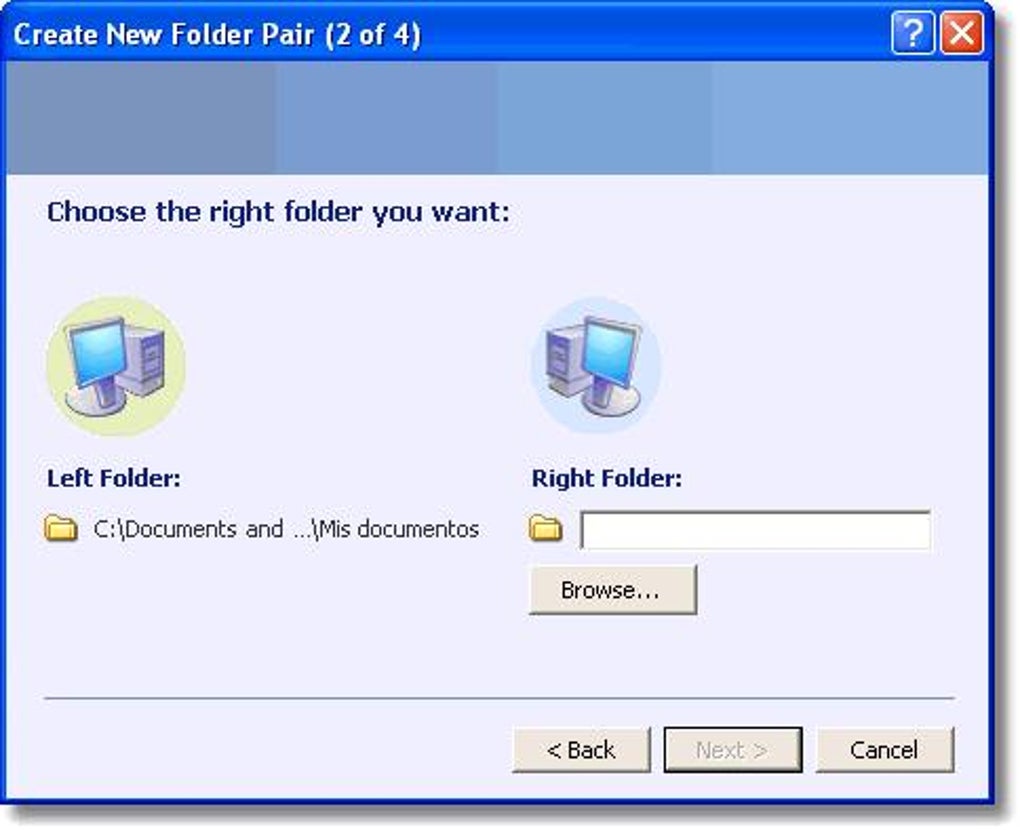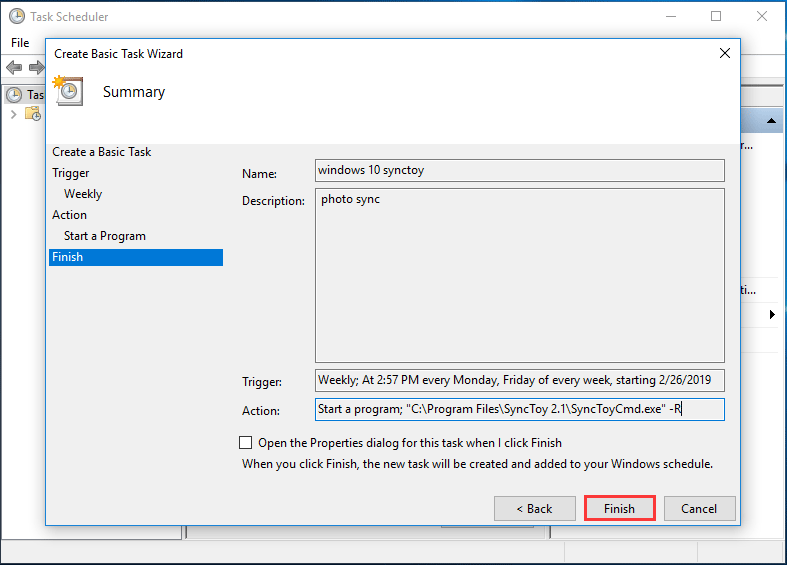
We have gone with SyncToy but you can specify virtually anything you like.Ĭlick over to the Logon tab and enter the user name and password of the Windows account in which you installed and configured SyncToy.

In the Name field, enter the name that you will call this application in AlwaysUp. If you only want to run a single folder pair, say, named "My folder pair", enter -R "My folder pair" instead. This will tell SyncToy to run all folder pairs. If you installed SyncToy in the default location, this is:Ĭ:\Program Files\SyncToy 2.1\SyncTo圜md.exe In the Application field, enter the full path to the SyncToy command-line executable, SyncTo圜md.exe. Select Application > Add to open the Add Application window: Running SyncToy in the background will only work after an initial synchronization has taken place!

Setup all the folders you would like to synchronize and ensure that each has been run at least once.

To set up SyncToy to run as a Windows Service with AlwaysUp:ĭownload and install AlwaysUp, if necessary.ĭownload and install SyncToy, if necessary.


 0 kommentar(er)
0 kommentar(er)
